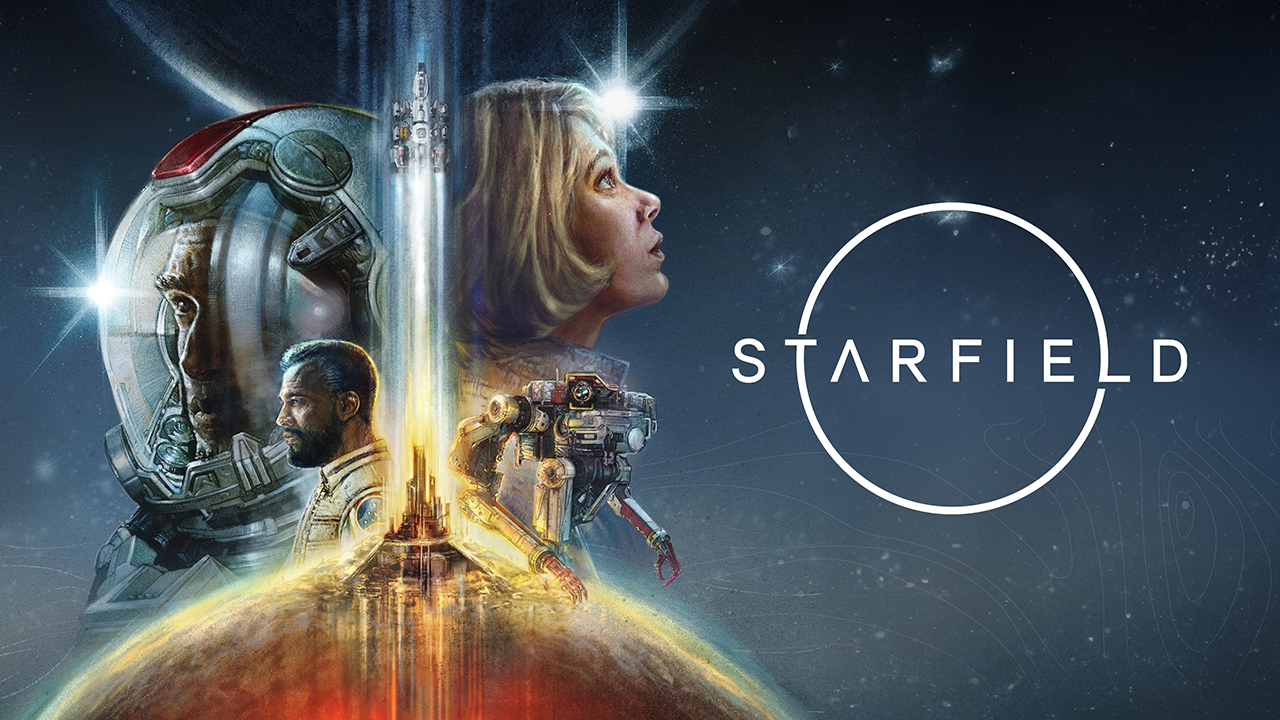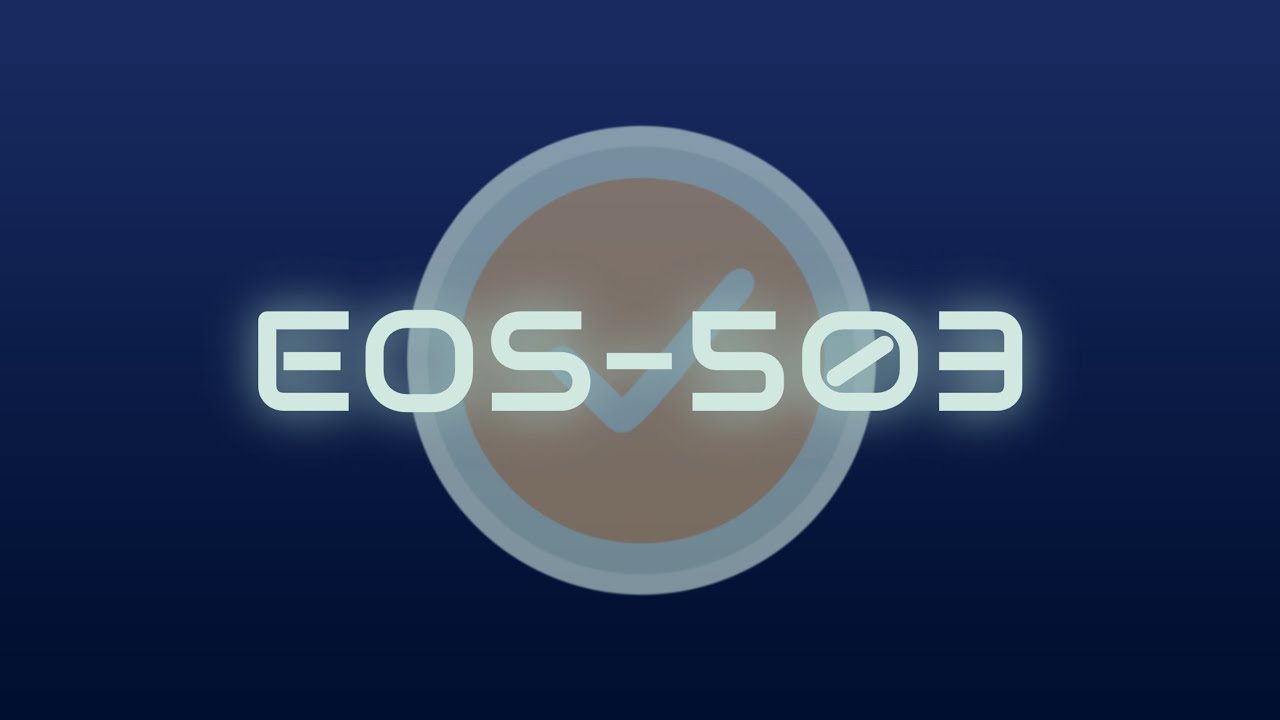This guide contains information, tips, and advice for players that have already done a fair bit of exploration and surveying. There is also a section of basic things that are easy to miss even if you’ve played a while.
Finding More In Your Travels
Some travelers are bored with space travel, because they have not learned how to notice the interesting sights (encounters and locations). Space is much richer than it seems at first glance.
Avoid fast travel. When you arrive in a system, open up your scanner in space, and look around. You will be able to see nearby locations and encounters that are not shown on the map, nearby moons, and the other planets in the system. Other planets/moons with encounters/missions will have a pulsing circle (on the PC). Locations on the current planet with interesting stuff (encounters/missions) will also pulse when you mouse over them.
Sustaining A Career Surveying as an Explorer
Having survey missions to run sustains a long career. The Constellation board seems bugged and runs out of missions quickly, but it’s possible to keep the Constellation mission boards active for a long time. Although regular mission boards don’t supply many survey missions, there are more regular mission boards than the obvious ones.
Although it seems bugged, I suspect the Constellation board is working as intended. Constellation and regular mission boards seem to have a region of space/pool of planets that they cover. To keep the stream of mission flowing, avoid surveying planets unless a survey mission sends you there. My current run (L 29) has been mainly (¾) survey missions, and the original board in the basement still pumps out missions.
When your original Constellation board runs out, build new boards in outposts beyond range of the original board. (You were wondering what good outposts are? This.)
Most cities and shipyards have regular mission boards, but civilian outposts also often have them too. The civilian outpost boards seem to pull from a smaller region, but do sometimes have survey missions. Mission boards in the same system seem to pull from the same pool – city and shipyard boards in the same star system usually (always?) have the same missions.
Strategies For Efficient Survey
Build an outpost with a military scanner when you land. It will let you detect flora, fauna and inorganics at a much greater distance.
Check to see if the planet has an ocean, and if the ocean has fauna (it will give 0% completion rather than just saying you can’t land there). If it does, start with those since they’re harder to find. Land in a coastal region (the scanner will say “Savanna (Coast)” instead of “Savanna” if it’s coastal). Open the surface map, find the Ocean (the flat region) and head there.
When you get to the shore, build an outpost and mil scanner. Once you’ve gotten out of its range, tear them down and replant further up/down the shore. It’s much faster than just running up/down the coast.
When you switch locations, check the map for the biome with the lowest % completion.
Try to land in boundary regions – spots at the edge of 2 biomes, or the intersection of 3 biomes. Those will have flora and fauna from all 2-3 biomes.
Finding Rich Outpost Sites
Look in boundary locations in/near areas showing the desired resources on the planet map – they will have a mix of inorganic resources from the biomes. Biome boundaries are pretty obvious on the surface, so you can travel along them to find a site with many different resources.
Build an outpost and mil scanner to give yourself greater scan distance. Tear down and maybe rebuild if the first location isn’t fruitful.
Locating Hard-To-Find Creatures
Can’t seem to find that last fauna?
* check the ocean
* check the air – they’re sometimes small and hard to see
* check caves (yes, that last creature is sometimes hiding in a cave)
and worst – it’s a tiny creature. In that case, look at night and use a power boost pack to get elevation. Make sure to build outpost/mil scanner for greater distance. Finally, try switching to a different biome, they’re sometimes more common elsewhere, or just easier to see.
Well-known Stuff You Might Have Overlooked
You can put down a single marker on the map, which will show up as a small diamond/box on the edge of the compass.
You can scan a POI marker when you’re on the planet surface. It will give you a more detailed POI marker. The new POI marker for landmarks and planet traits can give you a clue to the kind of trait you might find. For example, one looks like pizza wedges, and often is a geophysical phenomenon like Colossal Shards or Energetic Rifting.
Though most vendors pay identical prices, two Constellation members pay more. Vladimir pays best for surveys, and Noel pays best for organic resources.
You have to be out of the scanner if you want to harvest from vents (gases), seeps (liquids), or live creatures (when you have the Zoology skill). Vents and seeps seemed pointless to me on my entire first run, because I was always scanning.
Gathered organics usually weigh less than the outpost-produced generic kind (e.g. Fiber [Root] vs. Fiber); the generic type usually weighs 0.5, the gathered can be as light as 0.1.
You can load your harvest into the ship without going on board. The cargo hold can be accessed outside, nearby the ship (within 250 M) by going to the Ship overview window (where you look at Crew) and opening Cargo Hold (default F key on PC). Saves on loading screens and going all the way back to your ship. This also works when you are in the exterior parts of a POI; for example you can unload loot when you get too full during infiltration of a pirate base.
This method of ship access also works when you’re in the pilot’s seat – you do not have to get up and go to the ship’s hold in order to swap things to or from personal inventory (avoiding the getting up/sitting down cutscenes).
Tips and Tricks
If you are trying to harvest a particular inorganic material, you can make it much easier to quickly find. Go to an unsurveyed planet with that material, and scan only that material. Then all nodes of that material will be green, while all other (unwanted) nodes will be blue. Easy to see without mousing over!
When traveling, often your ship’s energy allocation will annoyingly reset. You can fix the allocation during loading screens. Notice the allocation that’s briefly shown before the loading screen starts. During the loading/travel screen animation, you can reallocate energy even though you cannot see the energy allocation display (so you have to do it from memory). So fix your shields, re-allocate to/from weapons or whatever you need before the loading screen finishes.
Bugs Affecting Exploration and Survey (not exhaustive)
Sometimes, the system gives 2 different plants or creatures the same name, They inhabit different biomes (so far), so it’s more confusing than being an actual problem.
When you’re in a boundary area, the “Biome Complete” tag sometimes breaks. It can register complete when you’re looking right at flora/fauna which are not completely surveyed.
Completed flora/fauna will sometimes show up incomplete (hollow, blue) on your scanner. Scan it, and you will get an xp reward for completing the already completed creature.
Your game can run out of Item IDs, causing it to crash (there are a large but limited number of them, and at the moment they do not get recycled after their item gets destroyed). This can cause problems for explorers, because some of us want to explore the entire universe. You can avoid this bug by doing a NG+ (but of course your exploration progress gets reset). Details here.


